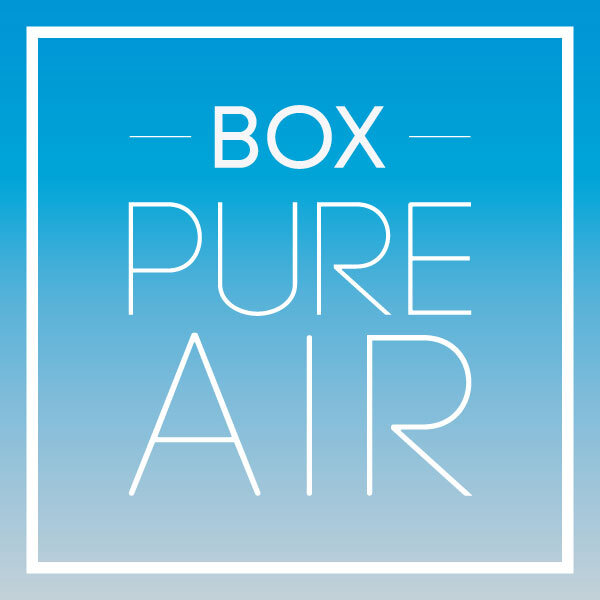5 Public Places with Bad Indoor Air
Most people know that the quality of the air we breathe is vital to our health and well-being; bad indoor air can contribute to asthma, allergies, and respiratory diseases. So, standard means of keeping the air inside our homes clean have become popular; air purifiers and filters make up a new, growing market. But while there are many things we can do to keep our personal spaces clean, managing the air of shared environments is a little more complicated. Many factors contribute to indoor air inside public places, most of which we cannot change as individuals. However, knowing some areas with the worst indoor air means we can manage our exposure in less-controlled air environments. We can identify at least five public places with poor indoor air quality.
Restaurants
Food quality may be one of many things to worry about at a restaurant. When these locations have poor ventilation, smoke and fumes from cookware can make it into dining areas. If a restaurant allows smoking or is connected to a bar, cigarette smoke can also settle into carpets and furniture. This mix of chemicals and pollutants means many restaurants can have some of the worst indoor air quality.
Doctor’s Offices
Waiting for a doctor’s appointment might also expose you to air pollution. Despite sanitary practices, airborne bacteria from sick people might be a common feature of doctor’s offices. Also, some medical equipment can emit certain gasses into the air. With this combination, these environments can often suffer some of the worst indoor air in public places.
Casinos
Casinos are known for their gambling and their smoking patrons. With high levels of secondhand smoke, these enclosed areas create long-term exposure to unhealthy air. Because casinos contain few windows and entice customers to stay for hours, exposure to bad air quality might be the worst. Restaurants and other attached areas might be off-limits when it comes to smoking, but their proximity to smoking areas still creates elevated levels of air pollution.
Malls
Important shopping centers must contend with many people contributing to a very congested air environment. Unfortunately, some malls are in older buildings with poorly maintained HVAC systems. With high levels of carbon dioxide alongside possible mold and mildew, malls are likely one of the places with the worst indoor air.
Subways
Subways stations create an air environment where pollutants are nearly inescapable. Commuters carry bacteria and other particulates in and out of these underground platforms daily; ventilation systems help circulate this poor air throughout. Train engines also pollute the air, making a perfect hotbed for some of the worst indoor air quality.
It is almost impossible to avoid exposure to polluted air, especially in public places. But when identifying some of the worst offenders, precautions can be taken to limit risks from bad indoor air. Reducing the time spent at these places and wearing approved masks can help with some air environments. Also, if this is a place you frequent, you might ask about what they are doing to improve air quality, even suggesting some air filtration systems to use. With just a little knowledge, anyone can make changes that will enhance their health and the health of others. Air is necessary, but exposure to unclean air doesn’t always have to be.
